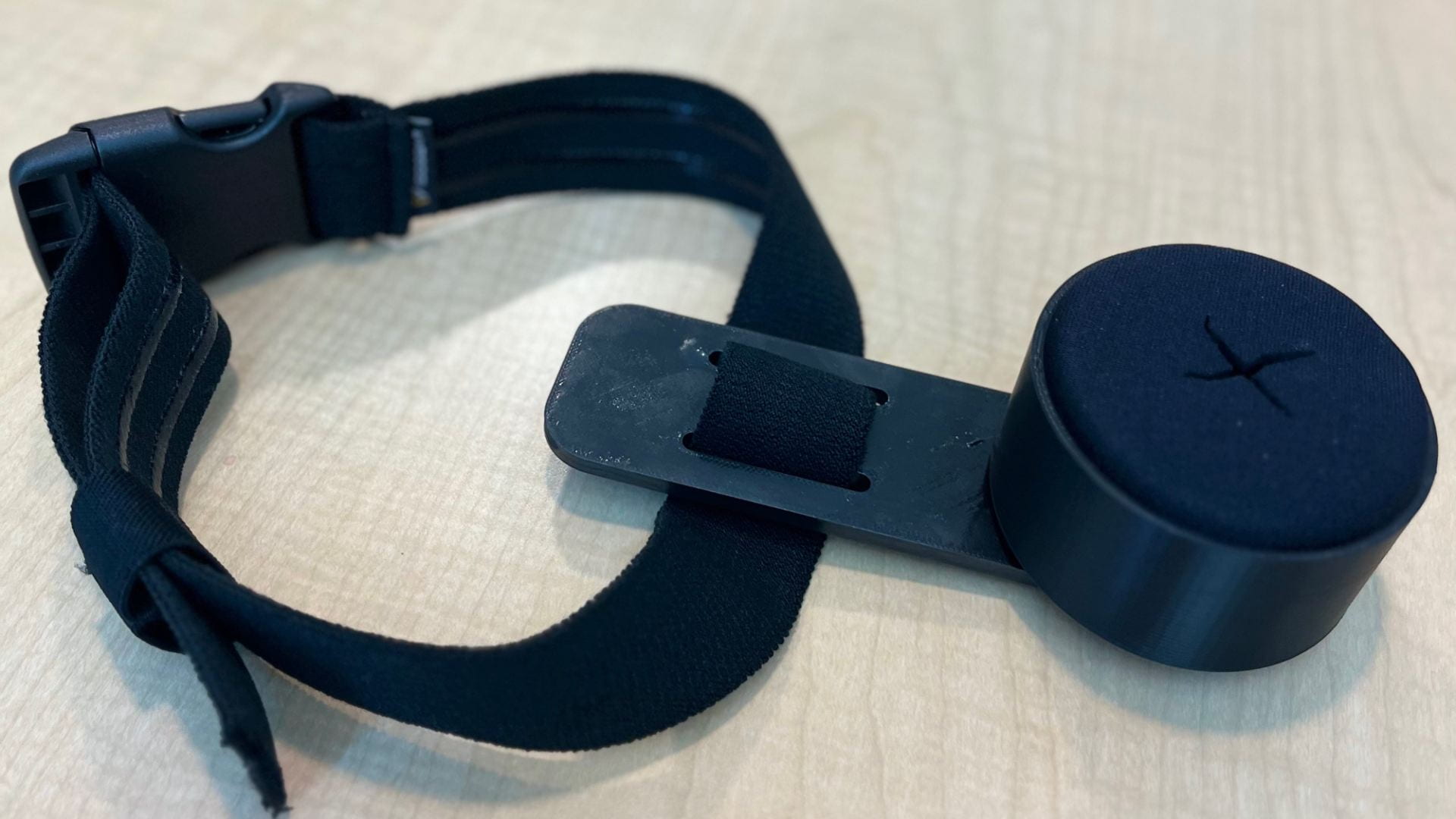CPR Dummies
Improving patient outcomes by providing continuous pulse imaging during CPR
Project Description:
Approximately 300,000 in-hospital cardiac arrests occur each year. There are multiple estimations for the survival rate of these cardiac arrests; however, none are above 40%. During CPR, periodic pulse checks are conducted to determine if there is a return of spontaneous circulation: if the patient’s heart is beating on its own again. Current methods for these pulse checks include manual palpation and point of care ultrasound, both of which require hospital personnel to be in contact with the patient. Chest compressions must be stopped while these pulse checks are conducted, and in order to maximize patient outcomes, chest compressions should be stopped for as short an amount of time as possible. Currently, these pulse checks take 10-20 seconds, and research shows that the best patient outcomes occur when pulse checks take less than 10 seconds. In order to make these pulse checks more time efficient and convenient, CPR Dummies has designed a hands-free ultrasound holder that will allow an ultrasound probe to maintain a continuous reading of the patient’s femoral artery throughout CPR. The ultrasound holder is attached to a strap that wraps around the patient’s upper thigh to hold the probe over the femoral artery. The device has been tested for adjustability and ultrasound compatibility. In order to test the device for adjustability, we ensured that the strap would fit around thigh circumferences between the 5th percentile and 95th percentile. In order to determine ultrasound compatibility, we tested our device with the ultrasound probes in our sponsor’s emergency department and made sure that the device was able to maintain a continuous ultrasound reading while remaining hands free. By creating a device that allows for quick, hands-free pulse checks, our device will decrease pulse check time and human error related to pulse checks, thus improving patient outcomes.



